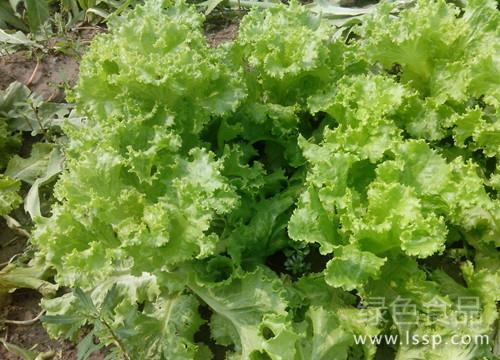Seed price and planting method of gentian

Gentian grass, also known as gentian flower, bitter gentian, mountain gentian, etc., is a perennial herb of the gentian family, often born in hillside grasslands, roadsides, beaches, bushes, forest margins and under forests, meadows, its roots and roots are used as medicine, its effect of purging the liver and gallbladder is very strong, and it can relieve wind and spasm and relieve pain. Let's take a look at the seed price and planting method of gentian.
How much is the gentian seed per jin?
The price of gentian seeds is about 120,160 yuan per jin, but it varies greatly due to the quality, variety, producing area and market of the seeds. The annual growth period of gentian is about 180 to 210 days. Under natural conditions, gentian blossoms in early August, the flowering period is longer, it opens down successively from the top of inflorescence, the seeds become mature gradually, and the mature seeds spread out from the crack at the tip of the capsule. Therefore, when the capsule tip is dehiscent in early August, the seeds can be picked and stored in a low temperature dry place.
Sowing method of Gentian
1. Autumn sowing: gentian grass is usually sown in November and sprouts in the following spring. In order to make the sowing uniform, appropriate amount of fine sand or humus can be mixed into the seeds.
2. Spring sowing: the spring sowing of Gentiana should be treated with sand storage first, that is, the seeds should be mixed with fine sand at 1:3 and buried outdoors. After the influence of low temperature in winter, the seeds should be taken out and sown with strips.
The planting method of Gentiana
1. Land selection and land preparation: gentian should choose sandy soil that is moist, flat, sunny and rich in humus, but not cultivated in areas with high dryness and direct sunlight, over-sticky soil and barren soil.
2. Weeding in time: weeding should not be restricted by the number of times when Gentiana is planted. In line with the principle of early weeding and weeding as soon as you see the grass, do not wait for the weeds to grow and form a barren grass before pulling up, which is both labor-consuming and seedling-damaging.
3. Reasonable loosening: after transplanting slow seedlings, gentian should be removed by hand or rake immediately after watering, and do not be too deep when loosening the soil, so as not to hurt the seedlings or bring them out, generally combined with weeding and loosening soil for 2 or 3 times.
4. timely topdressing: foliar topdressing was carried out after transplanting slow seedlings, and foliar topdressing could be carried out twice from leaf expansion to budding and from flowering to fruiting, and foliar fertilizers such as potassium dihydrogen phosphate, Yemanbao and high yield were used.
5. Thinning flowers and picking buds: in order to reduce the consumption of nutrients, promote the accumulation of root matter, accelerate the growth of rhizomes and improve the cultivation efficiency, the buds should be removed completely after budding in non-harvested fields.
Disease and pest control of gentian
1. Spot blight
[harm] harms the leaves and, in serious cases, causes the whole leaves to die.
[prevention and control] 1000 times solution of carbendazim was sprayed every 10 days after the beginning of summer to remove litter before winter to prevent the spread of bacteria.
2. Underground pests
[harm] grub, mole cricket, golden needle worm and so on harm the root.
[prevention and control] 1000 times zinc-parathion poisonous soil was applied during soil preparation, border or ridging, or 1000 times zinc-parathion solution was sprayed for disinfection.
3. Brown spot
[harm] there are a series of disease spots on the seriously susceptible leaves, causing the leaves to turn brown and yellow until the plant dies.
[prevention and treatment] at the initial stage of the disease, 25% carbendazim wettable powder 300,600 times, or 50% methyl topiramate 1000 times, was used for prevention and treatment.
Related
- Fuxing push coffee new agricultural production and marketing class: lack of small-scale processing plants
- Jujube rice field leisure farm deep ploughing Yilan for five years to create a space for organic food and play
- Nongyu Farm-A trial of organic papaya for brave women with advanced technology
- Four points for attention in the prevention and control of diseases and insect pests of edible fungi
- How to add nutrient solution to Edible Fungi
- Is there any good way to control edible fungus mites?
- Open Inoculation Technology of Edible Fungi
- Is there any clever way to use fertilizer for edible fungus in winter?
- What agents are used to kill the pathogens of edible fungi in the mushroom shed?
- Rapid drying of Edible Fungi



